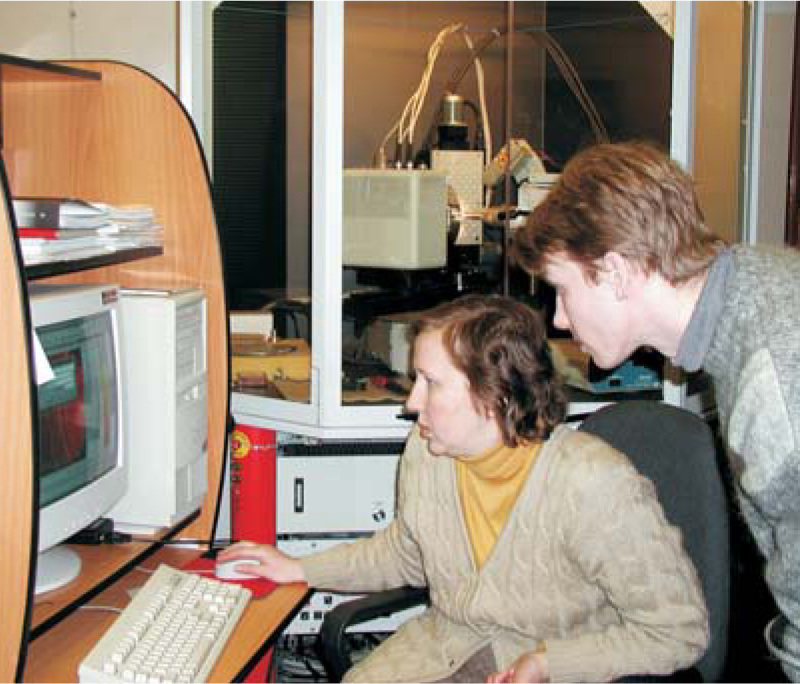University research in Russia
DOI: 10.1063/1.4796435
A program that aims to strengthen research at universities in Russia got the official stamp of approval late last year: The Ministry of Education and Science is funding four new Basic Research and Higher Education centers. “They are disseminating our idea. This is a very good indication that they like our program,” says Sergey Egorov, coordinator of the BRHE program, which was launched jointly by the US Civilian Research and Development Foundation (CRDF) and the ministry in 1998.
By and large, in Russia research is conducted at institutions of the Russian Academy of Sciences and education is left to the universities (see the story on
The BRHE centers are in the natural sciences and mathematics, and most of the 20 centers have a multidisciplinary emphasis. Typically, some 30–50 senior scientists and at least as many students are involved. The CRDF and the ministry have funded technology transfer offices at eight of the host universities.
Until the ministry took the lead with the four latest BRHE centers, half of the roughly $1.5 million over five years per center came from the CRDF, a quarter from the ministry, and a quarter from the host university or local or regional government sources.

At Novosibirsk State University’s Basic Research and Higher Education center for molecular design and ecologically safe technologies, a professor (seated) and student examine powder diffractometer data.
MARILYN PIFER, CRDF

More about the Authors
Toni Feder. American Center for Physics, One Physics Ellipse, College Park, Maryland 20740-3842, US . tfeder@aip.org
